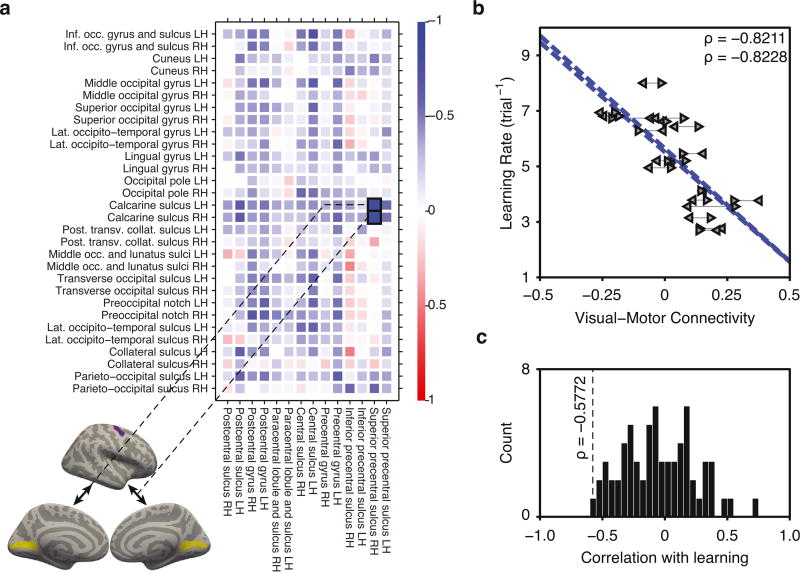Fig. 3. Learning rate is best predicted by connectivity between early visual and dorsal premotor areas.
(a) Using a surface-based annotation encompassing broadly defined visual and somato-motor areas, we calculated the correlation between learning rate and the functional connectivity between each pair of sub-regions (negative correlations are represented in blue; positive correlations are represented in red). Learning rate was best predicted by connectivity between early visual areas adjacent to the calcarine sulcus in both hemispheres (yellow) and the dorsal premotor area adjacent to the right superior precentral sulcus (purple). (b) Functional connectivity between left calcarine sulcus and right superior precentral sulcus significantly predicted individual differences in future learning rate (data points are indicated by left pointing triangles). Similarly, functional connectivity between right calcarine sulcus and right superior precentral sulcus significantly predicted learning rate (data points are indicated by right pointing triangles). (c) Distribution of correlation values between learning rate and module-to-module connectivity across subjects. Visual-motor connectivity has one of the highest correlations with learning rate.

